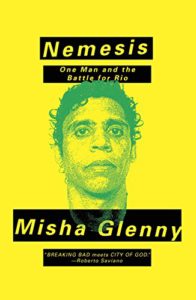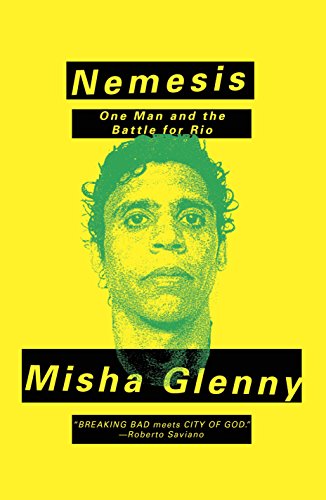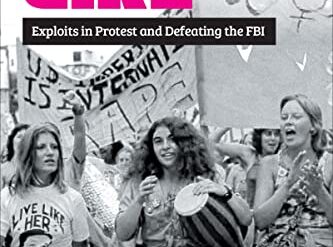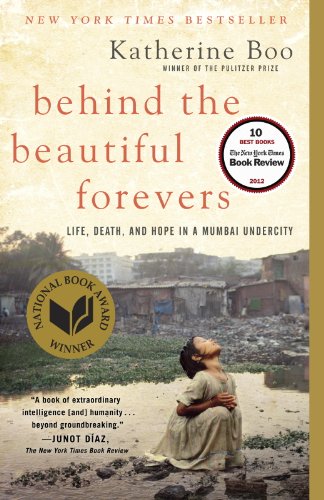
Journalist Misha Glenny’s exploration of criminal gangs in Rio de Janeiro focuses on one favela (slum) and one drug lord. It’s a fascinating and surprising book about drug trafficking that pokes under the covers of the broad generalizations that dominate news coverage both of poverty in Brazil and of the drug trade.
Estimated reading time: 3 minutes
Drug trafficking, the arms trade, and Brazilian politics
Glenny’s subject is Antonio Francisco Bonfim Lopes, “Nem of Rosinha.” (Glenny translates Nem as “Babe.”) Conducting interviews with Nem in prison, he reviews the rocky political history of the country during the military dictatorship (1964-85) and the tumultuous democratic period that followed. Though he keeps returning his attention to Nem throughout the book, Glenny describes the man’s trigger-happy predecessors and competitors and veers off into broader issues. Nem comes off as extremely intelligent and a brilliant manager, and he resorts to violence much less frequently than his rivals (or, apparently, the police, for that matter). Unlike other Rio drug lords, Nem dealt almost exclusively in cocaine, shunning the arms trade and extortion that were common in other slums. Like the others, he meddled in the corrupt politics of the region.
Nemesis: One Man and the Battle for Rio by Misha Glenny (2016) 283 pages ★★★★☆
“The most wanted man in Brazil”
Nem ruled the favela of Rosinha in the south of Rio de Janeiro for four years (2007-11). Glenny describes the favela as the largest of Rio’s many slums. But Nem’s influence extended far beyond the borders of his community. When arrested by police in 2011, he was estimated to be responsible for more than 60% of the cocaine consumed in Rio and have a net worth of $60 million. The Brazilian government labeled him Public Enemy #1. A pitched gun-battle inadvertently triggered by some of his henchmen brought unwelcome attention and soon led to his capture.
Ironically, Nem presided over nearly four years of peace and stability in Rosinha. He vigorously enforced rules against extortion and murder within the favela. The neighborhood descended into chaos following his arrest and imprisonment.
About the book
Nemesis is not an easy read. Glenny lurches from past to present and back again with annoying regularity, sometimes on a single page. It’s dizzying. And, despite his reputation as a top-flight journalist, he is careless with facts from time to time. For example, in one place Glenny refers to one of Nem’s rivals as running a region that consisted of “dozens of favelas,” implying that this constituted a large swath of the city. Later, he states that there are “more than 1,000” favelas in Rio. Later still, he asserts there are “some 900.”
About the author
Misha Glenny is a British journalist who specializes in southeastern Europe, cybersecurity, and global organized crime. Nemesis is the only one of his six books to deal with Brazil.
For related reading
You may enjoy browsing through 20 top nonfiction books about history.
If you enjoy reading history in fictional form, check out 20 most enlightening historical novels.
And if you’re looking for a broader view of human history, check out New perspectives on world history.
And you can always find my most popular reviews, and the most recent ones, on the Home Page.


























